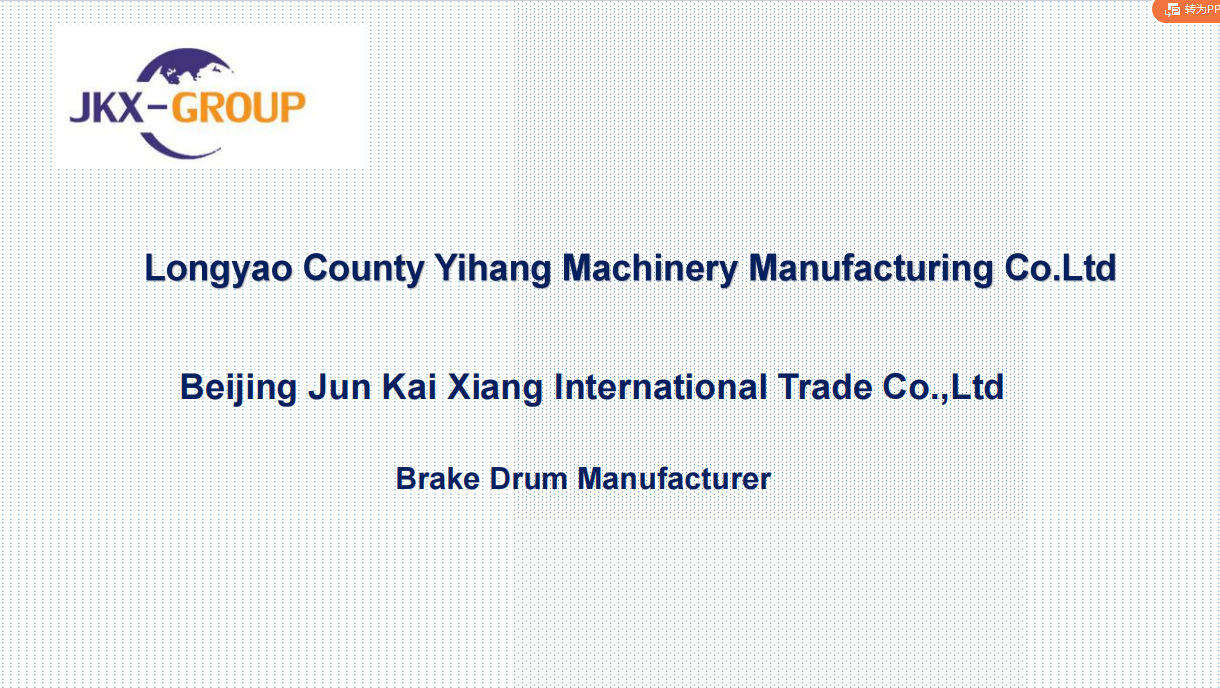Sep . 04, 2024 21:53 Back to list
brake drum to disc conversion
Converting Brake Drum to Disc Brake A Comprehensive Guide
The world of automotive braking systems is continually evolving, with disc brakes becoming increasingly popular due to their superior performance and efficiency. For many vehicle owners, the question arises is it worth converting from a traditional brake drum system to a disc brake setup? This article explores the benefits of such a conversion, the process involved, and important considerations to keep in mind.
Benefits of Converting from Drum to Disc Brakes
1. Enhanced Stopping Power Disc brakes offer better stopping power compared to drum brakes, primarily because of their larger surface area. This allows for more effective heat dissipation during braking, resulting in less brake fade and improved performance during repeated hard stops.
2. Improved Heat Dissipation Drum brakes can overheat, especially during prolonged use, which leads to a decrease in braking efficiency—a phenomenon known as brake fade. Disc brakes, with their open design, allow for better airflow and cooling, ensuring consistent braking performance even in demanding situations.
3. Easier Maintenance Drum brakes can be more complicated to service due to their enclosed design, which requires removing the drum to access the components. In contrast, disc brakes are generally easier to inspect, replace, and maintain, leading to reduced labor costs and better overall reliability.
4. Weight Reduction Although both systems have similar components, disc brakes can sometimes be lighter than drum brake assemblies, contributing to an overall decrease in vehicle weight, which can enhance fuel efficiency and handling.
The Conversion Process
Converting from drum brakes to disc brakes involves several steps and may require specific tools and mechanical knowledge. Here’s a brief overview of the typical conversion process
brake drum to disc conversion

1. Assess Compatibility Before starting, check if the current chassis setup can accommodate disc brakes. Some vehicles may require additional modifications or parts to enable the conversion.
2. Gather Necessary Parts Essential components for the conversion include disc rotors, calipers, brake pads, and a new master cylinder if necessary. Be sure to source high-quality parts to ensure optimal performance and safety.
3. Install Caliper Brackets If your vehicle is not factory-equipped for disc brakes, you may need to install caliper brackets that are designed to fit your specific application. This step is crucial as it provides the proper mounting points for the calipers.
4. Install the Rotors and Calipers Once the brackets are secure, install the rotors onto the wheel hubs and attach the calipers over the rotors. Make sure to follow manufacturer guidelines closely during this process.
5. Bleed the Brakes After installation, bleed the brake lines to remove any air pockets that could impair braking efficiency.
6. Test the System Finally, perform a thorough brake test to ensure everything is functioning correctly before hitting the road.
Considerations
While converting to disc brakes can significantly enhance vehicle performance, it’s essential to consider the cost of the conversion, potential impacts on insurance or warranties, and whether this upgrade aligns with your driving needs.
In conclusion, converting from brake drums to disc brakes can provide excellent improvements in safety and performance. However, careful planning and execution are vital to ensure a successful upgrade that ultimately enhances your driving experience.
-
Brake Drum Man - High-Quality Drum Brake Drums & Brake Shoes for Reliable Performance
NewsJun.24,2025
-
High-Quality Brake Drum Kamaz – Durable Drum Brake Drum & Brake Shoe Replacement
NewsJun.10,2025
-
High-Quality Brake Drum Liza for Drum Brake Systems - Superior Durability and Performance
NewsJun.10,2025
-
High-Quality Brake Drum Kamaz – Durable Drum Brake Drum & Brake Shoe Solutions
NewsJun.10,2025
-
Durable Kamaz Brake Drums High-Performance Truck Parts
NewsJun.09,2025
-
Premium Brake Drum Maz Kit with Shoes Enhanced Braking
NewsJun.09,2025
